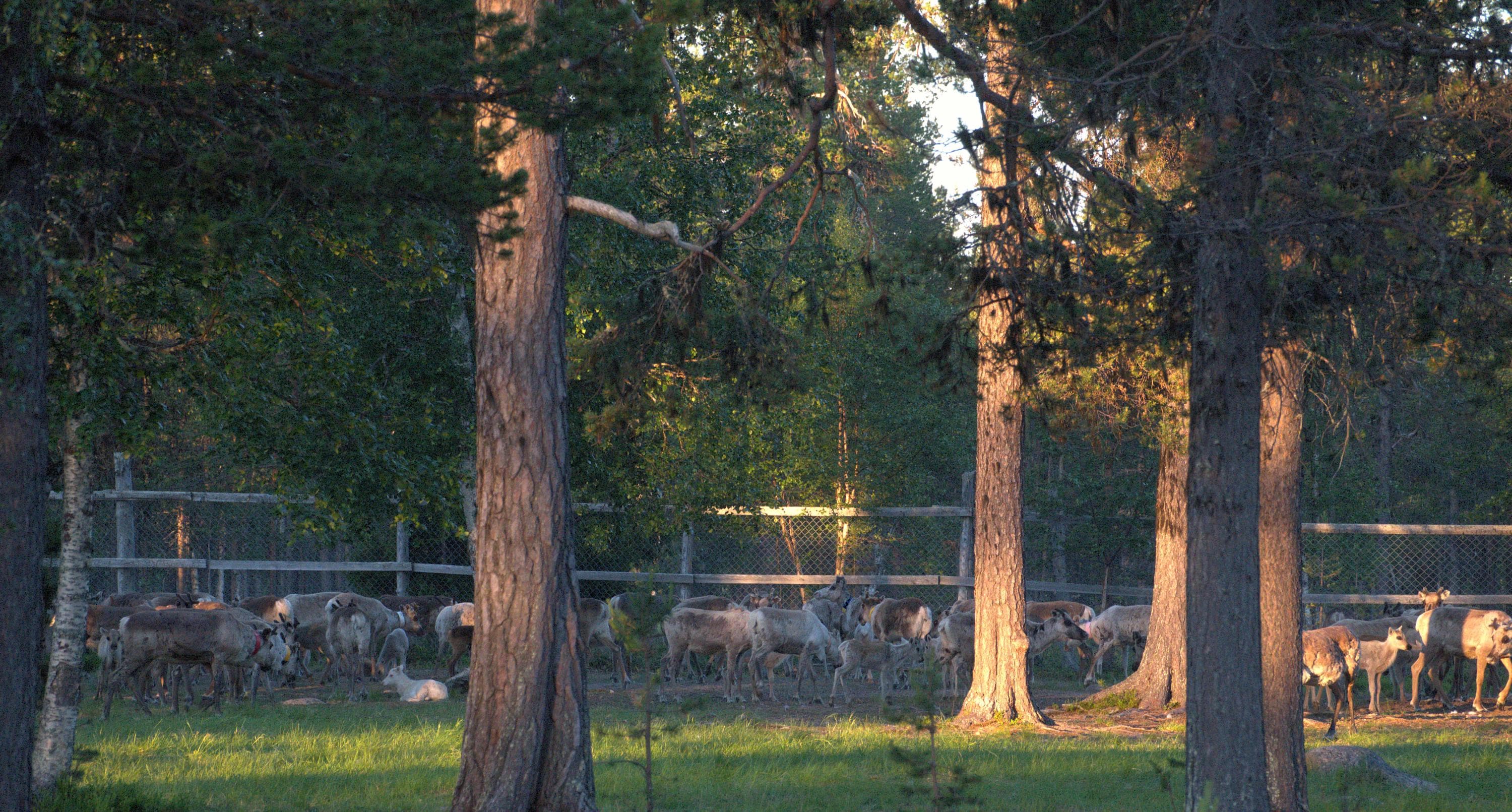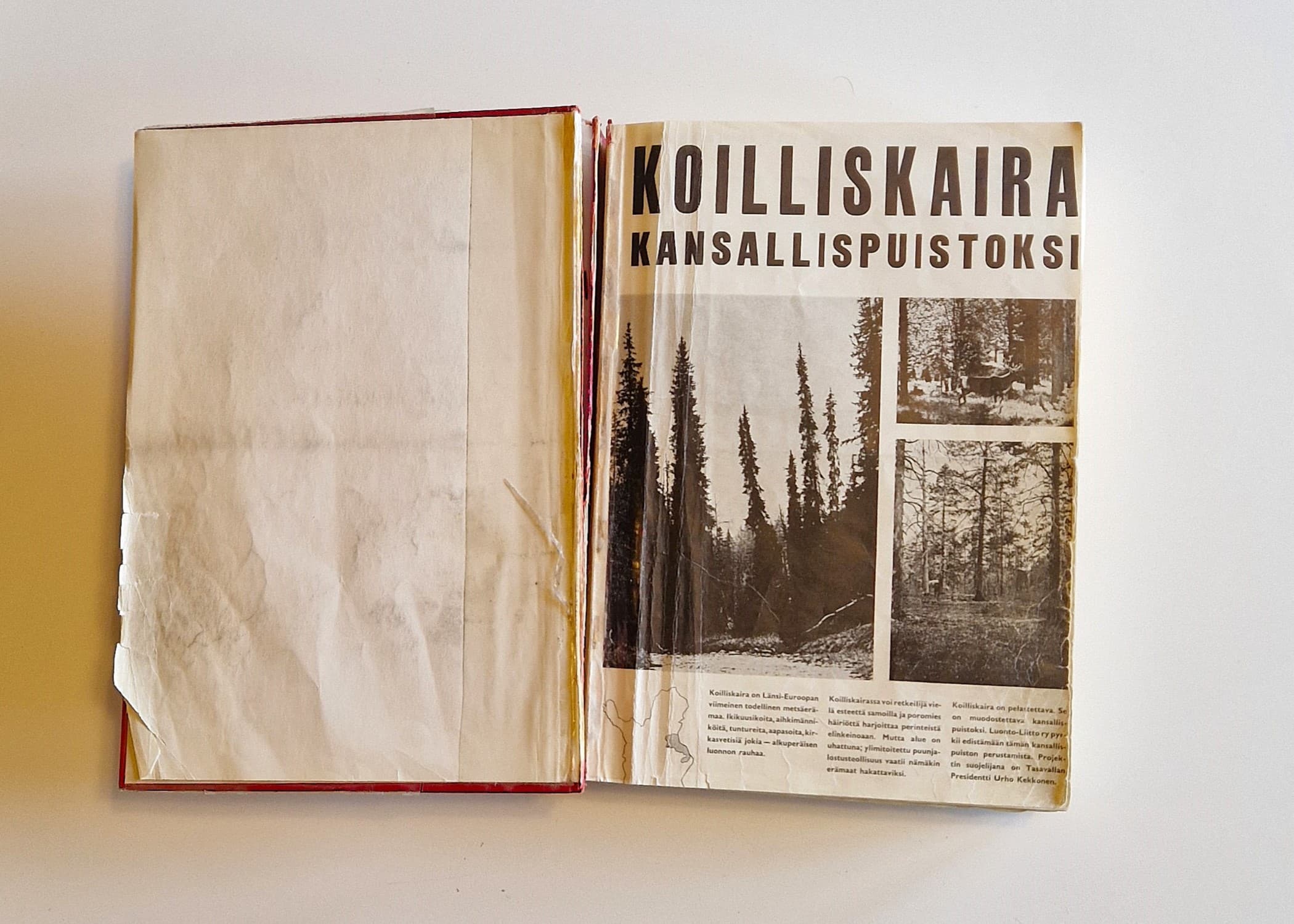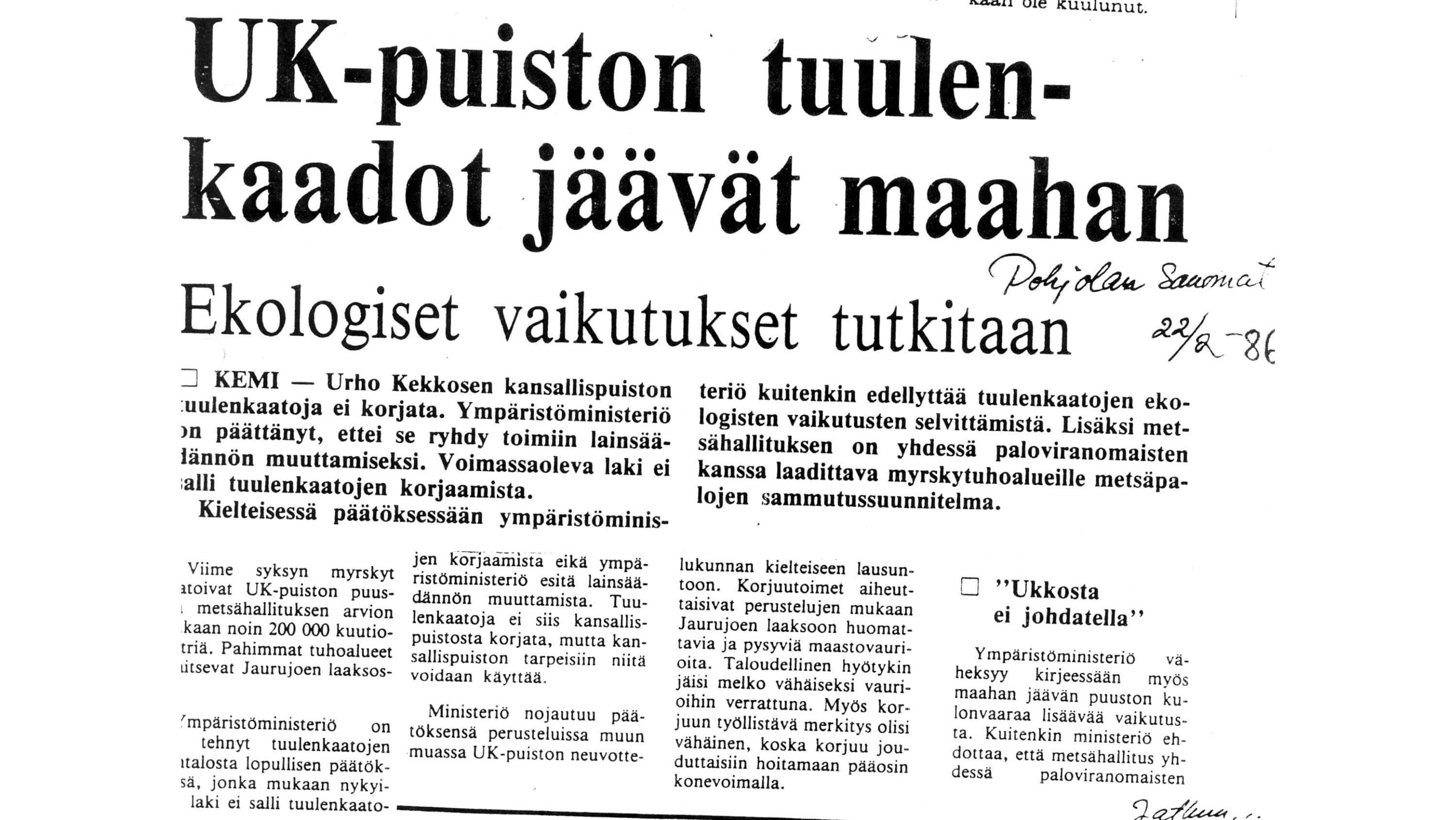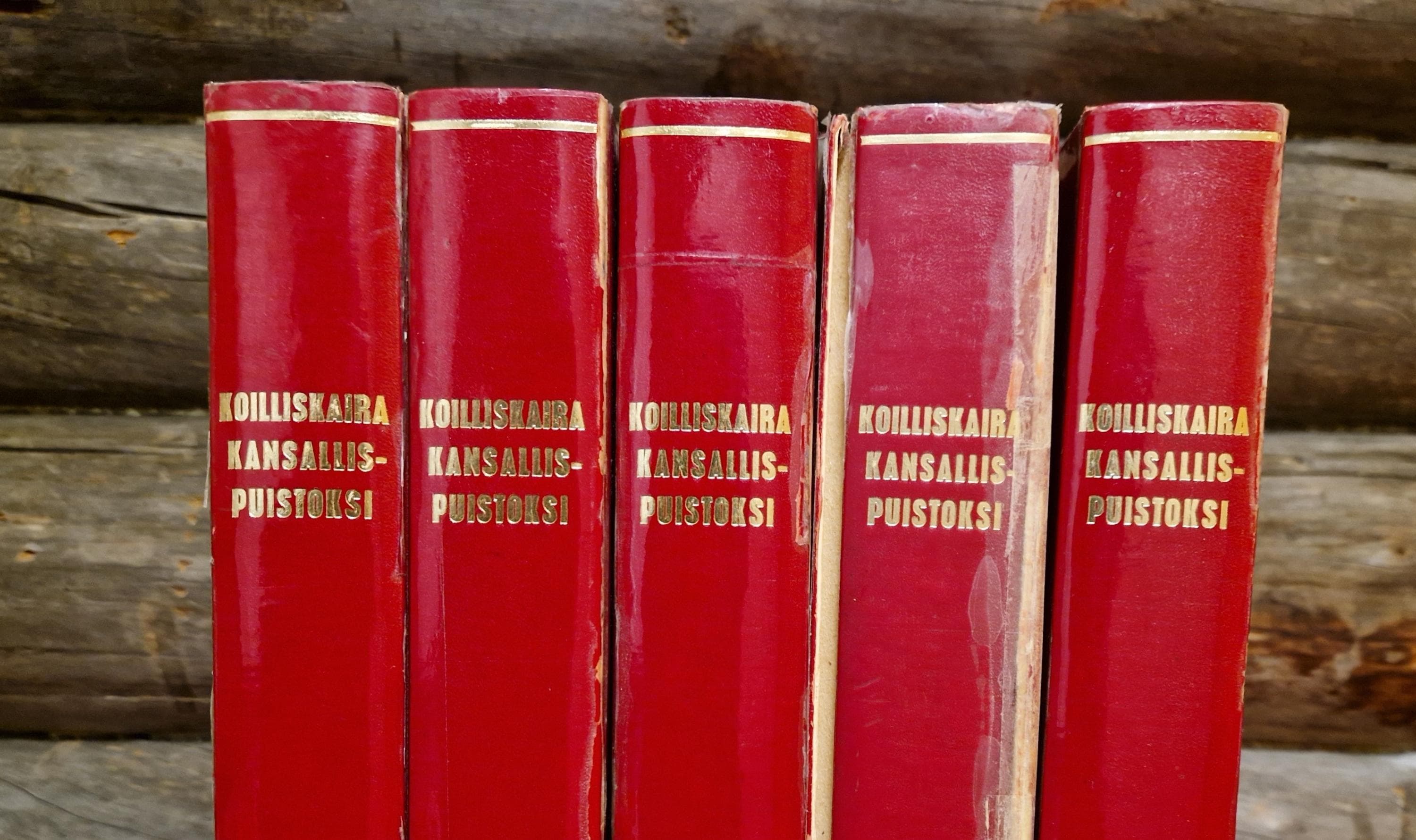Tribute to the longest serving Finnish president
The founding of the Urho Kekkonen National Park was a major tribute to a great Finnish statesman. The long battle on founding the National Park – nearly 20 years – also reflects the life's work of the longest-serving President of Finland. The eventful story preceding the establishment of Urho Kekkonen National started in the 1950s.
Extracts from the history of the park’s establishment
In the late 1950s, plans to exploit the forest resources of Inari more intensively were afoot. At that time, logging was also planned in the forests of Saariselkä.
1958 A book titled ‘Lumikuru’ was published. This was this first book by Kullervo Kemppinen, in which the author proposes that Koilliskaira should be protected 25 years before Urho Kekkonen National Park was founded.

Proposals to protect the area
1961 Proposals to protect the area and establish a national park in Eastern Lapland were made by the Finnish Tourist Association, Suomen Latu and the Finnish Association for Nature Conservation. These organisations asked Metsähallitus to preserve Saariselkä as an unlogged wilderness.
1961 Väinö Hyhkö, Regional Forester of Ylikemi management area, proposed the establishment of an Eastern Lapland National Park.
1961 The Border Guard submitted a proposal on preserving Nuorttijoki canyon from logging.
1964 Lappi reindeer herding co-operative asked Metsähallitus to protect from logging an important pasture for its reindeer in the Suomujoki River valley to make up for pastures drowned under Lokka reservoir and fragmented by tourism.

Lokan tekoaltaan rakentaminen alkoi
V. 1966 Construction of Lokka reservoir began. Whole villages were submerged under Lokka and Porttipahta reservoirs, including Korvanen, Mutenia, Riesto and Madetkoski. 560 residents, who had lived from reindeer husbandry, livestock farming and fishing, had to move away. 630km² of land was left under the reservoirs, of which forestland accounted for 230 km², fields 260 ha, and summer pastures for reindeer for another large area.
Proposal for establishing Koilliskaira National Park in honor of the 80th birthday of the President of the Republic
1968 Metsähallitus made its decision: the most important parts of Saariselkä and the Jaurijoki and Nuorttijoki Rivers would not be logged.
1971 The Finnish Nature Association launched its Koilliskaira project, and 100,000 supporters signed its petition. The first signatory was Urho Kekkonen, President of the Republic.
1972 Metsähallitus’ Koilliskaira Committee proposed the establishment of an extensive protected area.
1978 The Finnish Association for Nature Conservation submitted to the Ministry of Agriculture and Forestry its initiative concerning the establishment of Koilliskaira National Park to celebrate the 80th birthday of the President of the Republic on 3 September 1980.
1979 The municipality of Sodankylä and Sodankylä Nature Conservation Association set up a working group to prepare a proposal for Koilliskaira National Park.
On 2 September 1980, the Government adopted a resolution on establishing Urho Kekkonen National Park.
1981 A committee planning Urho Kekkonen National Park submitted its report to the Ministry of Agriculture and Forestry on 18 March.
1982 A government proposal on Act on Urho Kekkonen National Park was submitted to Parliament.

Storm Mauri
V. 1982 Storm Mauri blew over trees on 22 September 1982 and the harvesting of windfalls from Vieriharju raised a heated debate.

Urho Kekkonen National Park establishment
1982 Parliament adopted the act unanimously on 21 December 1982, voting on the wording of the report.
1983 The Act and Decree on Urho Kekkonen National Park were adopted on 4 March 1983 and entered into force on 1 May 1983.
